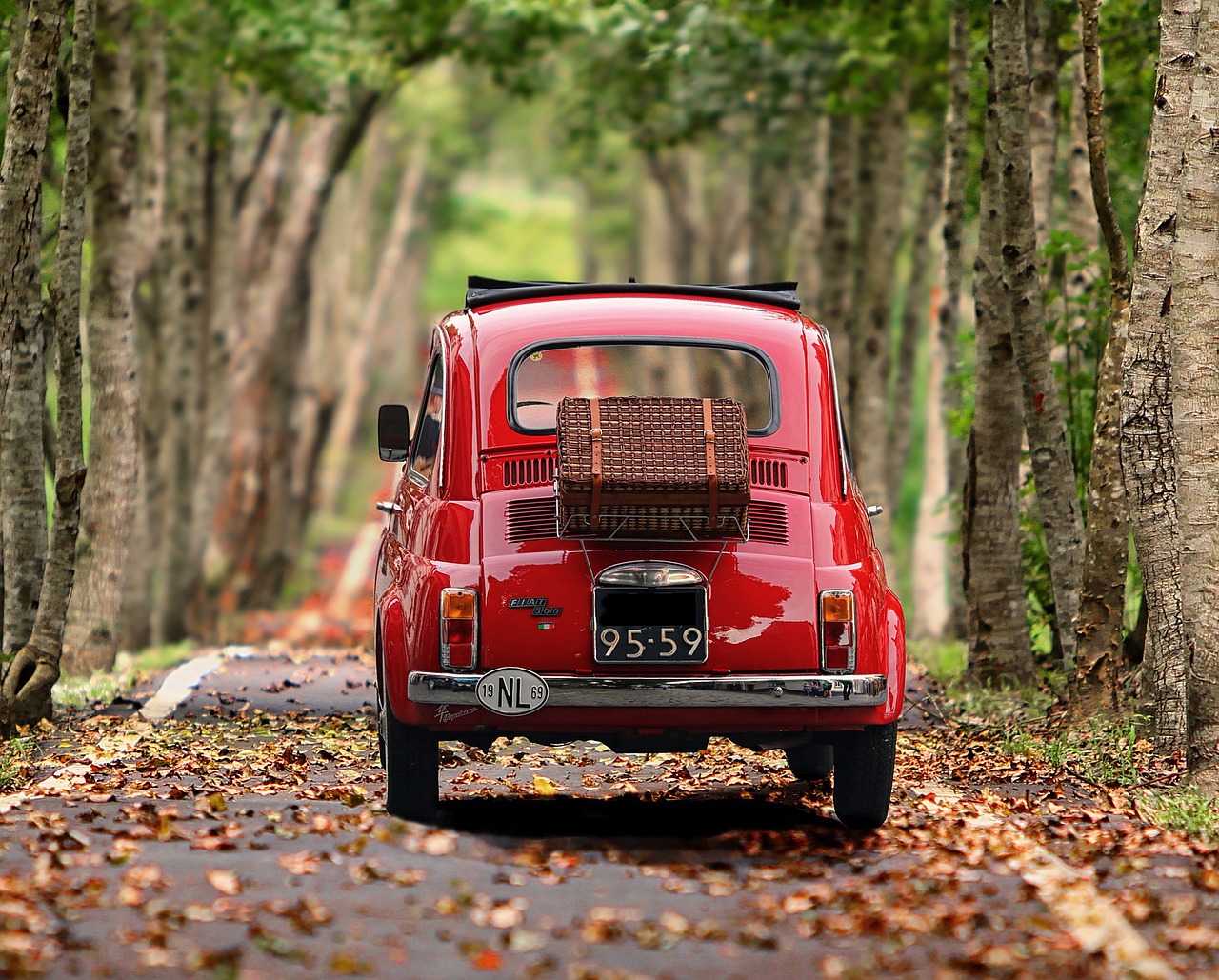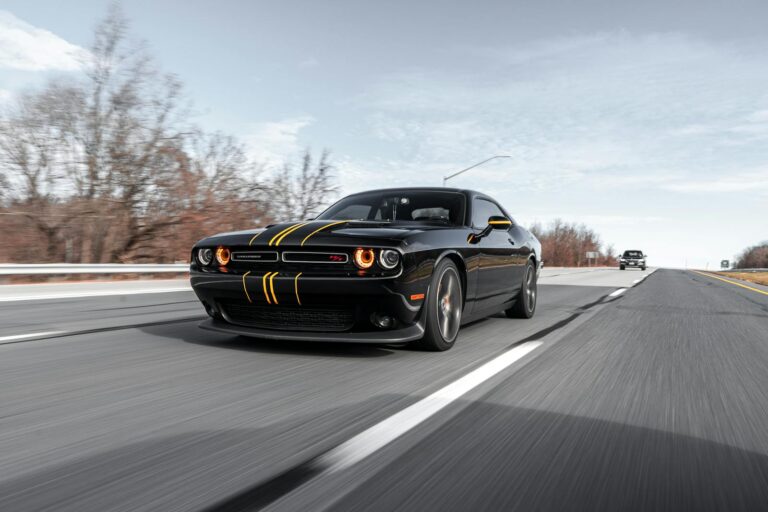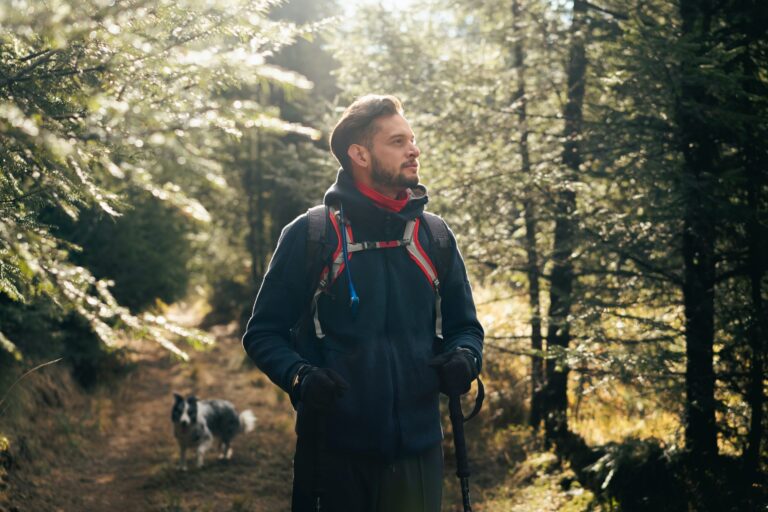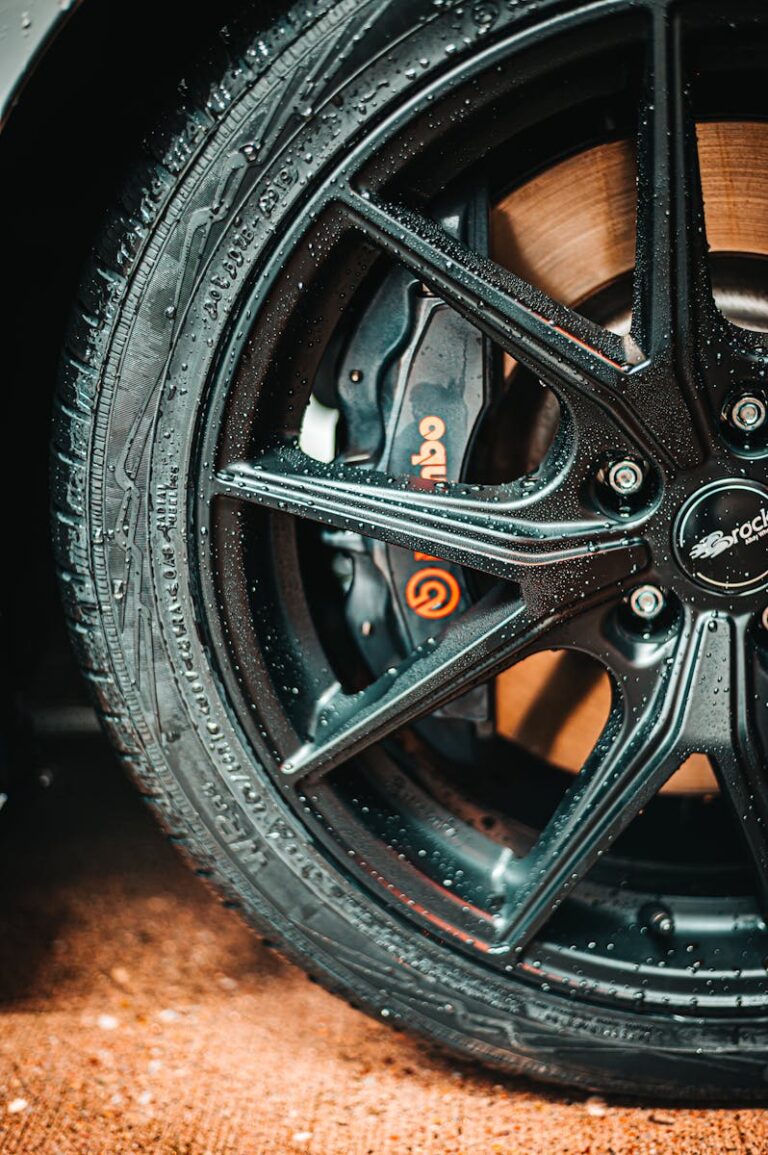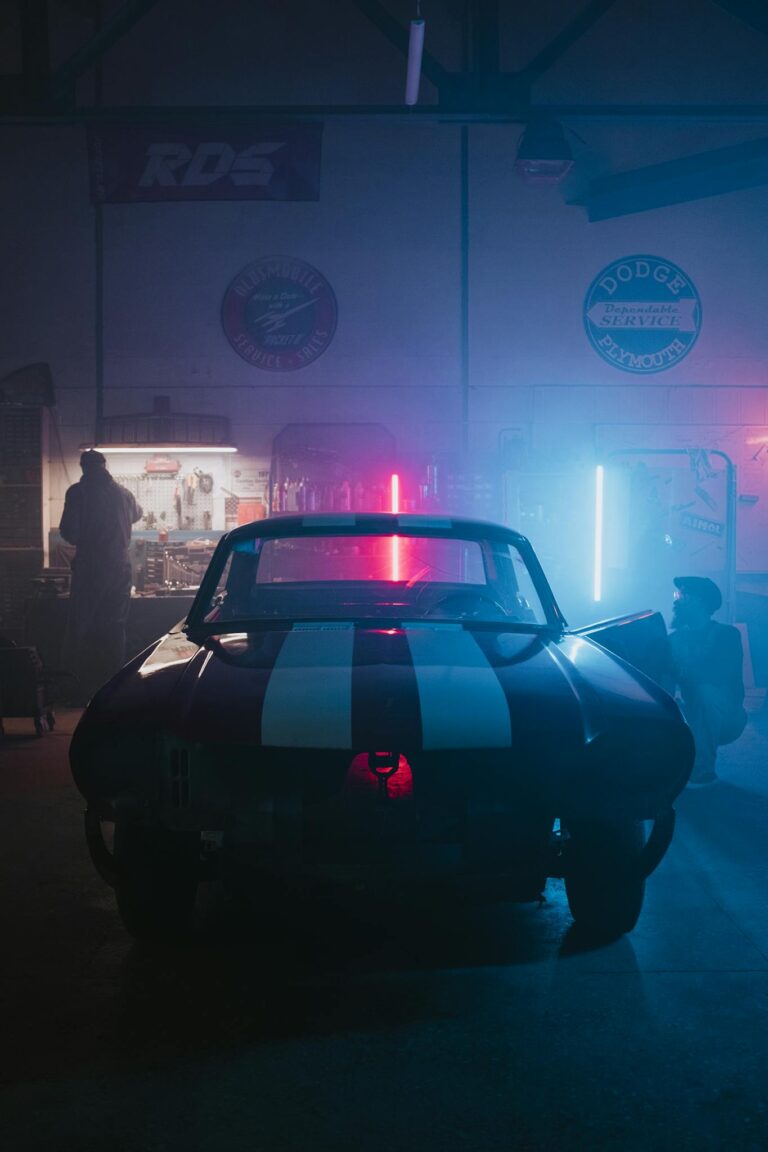Car Camping Guide: Vehicles That Double as Mobile Hotels
The allure of the open road combined with the comfort of a mobile basecamp has driven more Americans than ever to embrace car camping. Whether you’re a weekend warrior seeking quick escapes or a digital nomad exploring remote workspaces, transforming your vehicle into a comfortable sleeping space offers freedom and flexibility that traditional camping can’t match. In this comprehensive guide, we’ll explore the best vehicles for car camping, essential modifications to enhance comfort, and clever storage solutions that maximize limited space. From choosing the perfect adventure-ready SUV to organizing your gear like a pro, we’ll help you turn your vehicle into a reliable home away from home. Before you hit the road, let’s dive into what makes certain vehicles better suited for car camping and how to optimize whatever ride you choose.
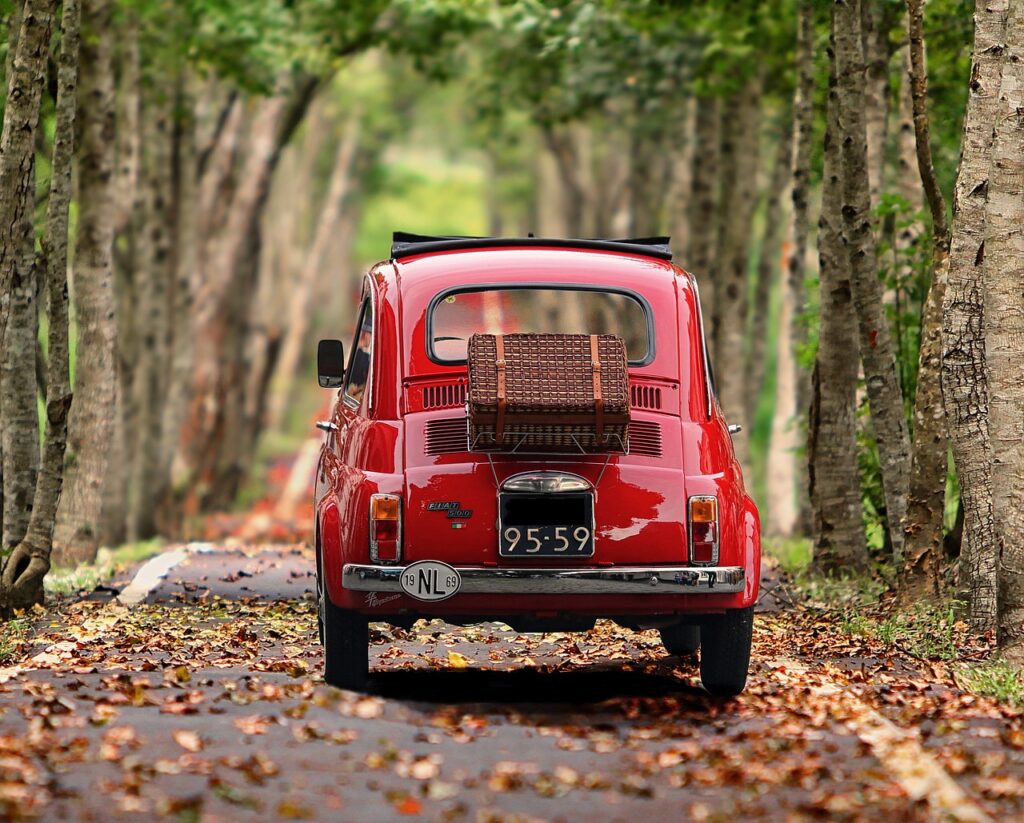
Best Vehicle Types for Car Camping
Quick Take:
- Most Versatile: 2024 Honda CR-V
- Best for Families: 2024 Subaru Ascent
- Luxury Option: 2024 Land Rover Defender
- Budget Pick: 2024 Subaru Forester
- Best MPG: 2024 Toyota RAV4 Hybrid
When it comes to transforming your vehicle into a comfortable sleeping space, not all cars are created equal. The ideal car camping vehicle needs to strike a delicate balance between interior space, fuel efficiency, and all-weather capability. SUVs and crossovers typically offer the best combination of these features, with their generous cargo areas and versatile seating configurations making them natural choices for overnight adventures.
Midsize SUVs like the 2024 Honda CR-V lead the pack with their practical dimensions and clever storage solutions. With the rear seats folded flat, the CR-V offers 76.5 cubic feet of cargo space – enough room for a comfortable sleeping platform and essential camping gear. The CR-V’s standard all-wheel drive system and 8.2 inches of ground clearance ensure you can reach most campgrounds without breaking a sweat.
Family-Friendly Options
For families looking to embrace the car camping lifestyle, the 2024 Subaru Ascent deserves serious consideration. This three-row SUV provides 86.5 cubic feet of cargo space with all rear seats folded, plus standard X-MODE® with hill descent control for tackling rough terrain. The Ascent’s built-in roof rails and 5,000-pound towing capacity offer extra versatility for bringing along bikes, kayaks, or a small trailer.
Luxury Alternatives
If budget allows, the 2024 Land Rover Defender elevates car camping to new heights. Its advanced Terrain Response® 2 system and adjustable air suspension make it arguably the most capable off-road option, while the available Advanced Off-Road Capability Package adds features perfect for remote camping. The Defender’s optional roof tent mounting points and integrated 110V power outlet showcase Land Rover’s understanding of overlanding needs.
Budget-Conscious Choices
The 2024 Subaru Forester stands out as an excellent value proposition for aspiring car campers. Starting at $27,095, it offers 74.2 cubic feet of cargo space, standard all-wheel drive, and 8.7 inches of ground clearance – specifications that rival much more expensive options. The Forester’s large rear door openings and squared-off cargo area make it particularly well-suited for installing a sleeping platform.
Fuel-Efficient Options
For those concerned about fuel costs during long trips, the 2024 Toyota RAV4 Hybrid delivers an impressive EPA-estimated 41 mpg city/38 mpg highway while maintaining 69.8 cubic feet of cargo space with the rear seats folded. The hybrid powertrain’s instant torque proves helpful on rough roads, while the optional weather package adds comfort features perfect for camping.
Technical Specifications Table:
| Vehicle Model | Max Cargo Space | Ground Clearance | Base Price | MPG (City/Hwy) |
|---|---|---|---|---|
| Honda CR-V | 76.5 cu.ft. | 8.2 inches | $29,500 | 28/34 |
| Subaru Ascent | 86.5 cu.ft. | 8.7 inches | $33,895 | 21/27 |
| Land Rover Defender | 78.8 cu.ft. | 11.5 inches | $55,100 | 18/23 |
| Subaru Forester | 74.2 cu.ft. | 8.7 inches | $27,095 | 26/33 |
| Toyota RAV4 Hybrid | 69.8 cu.ft. | 8.1 inches | $32,350 | 41/38 |
Essential Car Modifications for Comfortable Camping
Quick Take:
- Must-Have: Sleeping Platform ($200-$800)
- Power Essential: Auxiliary Battery System ($150-$500)
- Weather Protection: Window Screens/Shades ($50-$200)
- Storage Solution: Roof Cargo Box ($300-$1,000)
- Comfort Add-on: 12V Fan System ($30-$100)
Transforming your vehicle into a comfortable sleeping space requires strategic modifications that balance comfort, functionality, and budget. While some campers might be tempted to simply toss a sleeping bag in the back, thoughtful modifications can elevate your car camping experience from merely tolerable to genuinely enjoyable. The good news is that most essential modifications can be completed as DIY projects or through professional installation.
Sleeping Platform Basics
The foundation of any car camping setup is a proper sleeping platform. A well-designed platform creates a flat surface for sleeping while maximizing storage space underneath. For most SUVs and crossovers, a basic platform can be constructed using 3/4-inch plywood and 2×4 supports, typically costing between $200-$300 in materials. Premium pre-fabricated options from companies like Luno Life and Goose Gear range from $500-$800 but offer more refined features like integrated storage and modular designs.
Power Solutions
A reliable power system is crucial for extended camping trips. The most versatile setup combines an auxiliary battery with an isolator, ensuring your main battery remains charged for starting the vehicle. We recommend the Battle Born 100Ah lithium battery ($899) for its long lifespan and lightweight design. For more budget-conscious campers, the Jackery Explorer 500 portable power station ($499) offers a plug-and-play solution without permanent installation.
Climate Control and Privacy
Window modifications serve dual purposes: ventilation and privacy. Magnetic window screens ($50-$75) allow airflow while keeping insects out. Custom-cut window shades from companies like Weathertech ($99-$199 per set) provide privacy and temperature control. For active ventilation, a 12V fan system like the Maxxair Turbo-Maxx ($79.99) can be mounted to create consistent airflow.
Storage Solutions
Exterior storage modifications help maximize interior living space. A quality roof cargo box, such as the Thule Force XT XL ($749.95), adds 18 cubic feet of weatherproof storage. Installation requires crossbars ($200-$400), but the combined system allows you to keep camping gear separate from your sleeping area. For additional organization, consider mounting systems like Front Runner’s Wolf Pack storage boxes ($49.95 each) or Roll-N-Lock cargo bed dividers ($299.95).
Installation Considerations
Before starting any modifications, consider these key factors:
- Vehicle warranty implications
- Reversibility of modifications
- Professional vs. DIY installation costs
- Weight distribution and vehicle dynamics
- Weather resistance and durability
Cost Breakdown Table:
| Modification Type | Basic Setup | Mid-Range | Premium |
|---|---|---|---|
| Sleeping Platform | $200-$300 (DIY) | $500-$700 | $800-$1,200 |
| Power System | $150-$300 | $500-$700 | $800-$1,500 |
| Window Solutions | $50-$100 | $200-$300 | $400-$600 |
| Storage Systems | $300-$500 | $700-$1,000 | $1,200-$2,000 |
| Installation* | DIY | $200-$500 | $800-$1,500 |
*Professional installation costs vary by region and complexity
Essential Tools for Installation:
- Power drill and bits
- Measuring tape and level
- Socket set and wrenches
- Wire strippers (for electrical)
- Silicone sealant
- Safety equipment (gloves, goggles)
Remember to document all modifications and keep original parts if you plan to return the vehicle to stock condition later. Most modifications can be completed over a weekend, but complex electrical systems might require professional installation to ensure safety and proper function.
Smart Storage Solutions and Organization Tips
Quick Take:
- Essential Gear: Modular Storage Bins
- Space-Saving Must-Have: Collapsible Containers
- Organization Hero: Cargo Nets and Straps
- Best Value: Multi-use Storage Solutions
- Safety Essential: Secure Mounting Systems
Converting your vehicle into an organized camping haven requires more than just throwing gear in the back. Strategic storage solutions and thoughtful organization not only maximize your limited space but also ensure safety and accessibility during your adventures. The key is creating systems that keep gear secure while driving yet easily accessible when needed.
Zone-Based Organization
Divide your vehicle into distinct zones for different activities:
- Sleeping Zone: Bedding and personal items
- Kitchen Zone: Food, cooking gear, and water
- Activity Zone: Recreation equipment and clothing
- Emergency Zone: First aid and recovery gear
Each zone should have dedicated storage solutions that prevent items from migrating during travel. Use heavy-duty storage bins like the Plano Sportsman’s Trunks ($29.99-$49.99) for the kitchen zone, and weatherproof duffels such as the Patagonia Black Hole series ($139) for clothing and personal items.
Vertical Storage Solutions
Maximize vertical space with these proven methods:
- Door-mounted MOLLE panels ($50-$100)
- Ceiling-mounted cargo nets ($20-$40)
- Seatback organizers ($30-$60)
- Adjustable bungee systems ($15-$30)
The key is to utilize every available surface while maintaining easy access to frequently used items. Popular options like the Tactical Seat Back Organizer from Smittybilt ($49.99) provide multiple pockets while keeping gear off the floor.
Space-Saving Equipment
Invest in collapsible gear to maximize storage efficiency:
- Collapsible water containers
- Nesting cookware sets
- Foldable camp chairs
- Compressible sleeping bags
We recommend the Sea to Summit X-Set cooking system ($89.95-$199.95) for its excellent space-saving design and the REI Co-op Flexlite Chair ($59.95) for its compact packed size.
Essential Organization Products Table:
| Item Type | Recommended Product | Price | Features |
|---|---|---|---|
| Storage Bins | Plano Sportsman’s Trunk | $29.99 | Weatherproof, stackable |
| Cargo Nets | Highland Cargo Net | $24.95 | Adjustable, UV-resistant |
| Seatback Organizer | Smittybilt GEAR | $49.99 | MOLLE compatible |
| Compression Bags | Sea to Summit eVent | $19.95-$32.95 | Waterproof, durable |
| Drawer System | Decked D-Box | $69.95 | Weatherproof, modular |
Pro Packing Tips
- Weight Distribution
- Place heavy items low and centered
- Distribute weight evenly side-to-side
- Secure items to prevent shifting
- Keep emergency gear easily accessible
- Daily Access Items
- Store frequently used items near doors
- Use clear containers for better visibility
- Label all containers clearly
- Create a gear map for quick reference
- Safety Considerations
- Never block rear visibility
- Ensure all items are properly secured
- Keep fire extinguisher accessible
- Maintain clear path to emergency gear
Seasonal Storage Rotation
Maintain an organized system by:
- Rotating gear seasonally
- Updating emergency supplies quarterly
- Cleaning storage containers monthly
- Reviewing and optimizing layout after each trip
By implementing these storage solutions and organization strategies, you’ll maximize your vehicle’s available space while keeping essential gear protected and accessible. Remember to periodically review and adjust your system based on your camping experiences and changing needs.
Maintenance Schedule:
- Weekly: Quick gear inventory check
- Monthly: Deep clean of storage containers
- Quarterly: Emergency supply updates
- Bi-annually: Complete system evaluation
- Annually: Replace worn storage solutions
This systematic approach to vehicle organization ensures you’ll spend less time searching for gear and more time enjoying your outdoor adventures.
Final Thoughts: Your Journey to Mobile Living
Transforming your vehicle into a comfortable camping setup doesn’t happen overnight, but the freedom and flexibility it provides make the investment worthwhile. Whether you choose a capable SUV like the Honda CR-V, add essential modifications such as a custom sleeping platform, or master the art of efficient storage solutions, remember that car camping is a journey of continuous improvement. Start with the basics and gradually upgrade your setup as you learn what works best for your specific needs and camping style.
For those just beginning their car camping adventure, we recommend focusing first on a reliable vehicle with adequate space, then adding basic sleeping and storage solutions before investing in more advanced modifications. Keep track of what works and what doesn’t during your trips, and don’t be afraid to adjust your setup accordingly. With proper planning, smart modifications, and organized storage systems, your vehicle can become more than just transportation—it can be your ticket to countless adventures and memorable experiences on the road.
